This article was originally published in May 2023.
The term Ultra Processed Food (or UPF) has gained increased currency in recent years. It’s sure to get more profile following the publication of Ultra Processed People (Penguin, £22), an “incendiary”, “infuriating”, “devastating” new book (say the critics) by Chris van Tulleken, the celebrity doctor who, with his twin brother Xander, hosted the hugely popular Operation Ouch kids TV series on the BBC
Van Tulleken spent the weekend on a PR offensive that won him airtime and column inches galore. And offensive is certainly how the food industry will view his damning tome. From big food giants like Coca-Cola , Unilever and Warburtons (and all the major mults), to artisan brands like Hackney Gelato and Gü, to overtly ‘healthy’ brands like Alpen and Pret a Manger – even Jamie Oliver, the health food campaigner – all are under his exacting microscope as he examines “the shit food we eat and why”.
And CVT knows his shit. A molecular biologist, the book is “scholarly”, charting the invention of UPF, the techniques behind it and its medical impact, cataloguing “commerciogenic malnutrition” caused by companies and other deeply unpleasant diseases linked to UPF, from type 2 diabetes to cancer.
Yet it’s also witty, pacy and (despite a lot of academic stuff) approachable. A bit like Operation Ouch, in other words.
And as doctors say, this book is going to hurt, exposing the food industry’s underbelly in painstaking, gory, unanaesthetised detail.
It claims that UPF, a scientific term for junk food, is “not food: it’s an industrially produced edible substance”; that it’s “pre-chewed” and “embalmed”; that it’s “designed and marketed to be addictive”. In my view it’s designed to be cheap, delicious, convenient, profitable, but he doesn’t disagree with that statement either, albeit in a more damning way. As he says: “UPFs are designed to create highly profitable (low-cost ingredients, long shelf life, emphatic branding), convenient (ready-to-consumer, hyperpalatable) products liable to displace freshly prepared dishes and meals.”

Of course he uses stats to powerful effect, like the fact that each of us ingest 8kg of additives per annum on average. Or that one third of 12-year-old UK children have an overbite as they no longer need to chew as much, noting a similar and remarkably rapid evolutionary development in the jaws of Aboriginal people in only 100 years.
But the best bits are the explanations of the science. From the development of margarine made from coal (that was ‘tested’ in Nazi concentration camps), to the Pringle’s “almost exact congruence with the tongue’s tastebud-laden curves”, he tells a damn good yarn, cutting through the complex terminology with consummate ease.
Not an exact science
As he charts his epiphany from naturally sceptical scientist and self-confessed junk food addict, it’s clear van Tulleken spent a long time struggling to define and make sense of UPF. Is it about the number of ingredients (the arbitrary five)? Is it one non-kitchen cupboard ingredient or several? Are all ready meal lasagnes bad? Is clean label always good?
It’s not an exact science – a point he acknowledges from the start (“science is not a set of rules or facts but a living argument”) to the very end as he acknowledges: “We are ultra-processed people not just because of the food we eat. many of the other products we buy are engineered to drive excess consumptions: our phones and apps, our clothes, our social media, our game and television.”
In short, he doesn’t suggest UPF alone is responsible for obesity and ill health and environmental damage, citing genetic vulnerability, poverty, trauma, fatigue and stress as additional factors (though not exercise, sugar or lack of willpower, he argues, powerfully).
Sadly, van Tulleken offers few solutions, acknowledging the higher cost and lower convenience of a non-UPF diet. But he does call for government intervention: first via restriction on marketing for UPF (spearing deceptive practices throughout the book). The second is more original and arguably more contentious still, calling to stop the cosy collaboration between policymakers and the food industry.

“Policymakers should not take money from the food industry and should see themselves as regulators,” he says, so “an adversarial relationship with them is inevitable”. He also skewers various scientists for failing to disclose conflicts of interest. And he points out how NGOs and charities like the British Nutrition Foundation, Cancer Research, the British Heart Foundation, the British Dietetic Association, the Centre for Social Justice – even Bite Back – are funded by the food industry. Wrongly in his view.
“Of course you can’t design national food policy without speaking to industry,” he adds. “But you can make sure that none of the people who write and develop the policy take money from the industry they seek to regulate. The relationship cannot be one of partnership.”
It makes for a constantly challenging book. How is it for example, he asks, that Nestlé tops the Tortoise ‘Better Food Index’, given some of the allegations against the Swiss giant in terms of health, from its notorious global baby formula promotion – and the floating Nestlé supermarket boat that was sent down the Amazon with devastating consequences for obesity levels (and the local economy), like a dark reworking of the Werner Herzog movie Fitzcarraldo. Similar questions are raised over the Tortoise ‘Responsibility 100 Index’, with the rankings of Nestle and Unilever questioned given alleged palm oil supply chain links to Indonesian forest fires.
And perhaps most worrying for this expert in germ warfare is that van Tulleken makes plain he’s turned his guns on the food industry for the long term. He’s moved on from worrying about HIV and infectious diseases towards studying food, “investigating scientific research that is biased or fraudulent”. You have been warned.








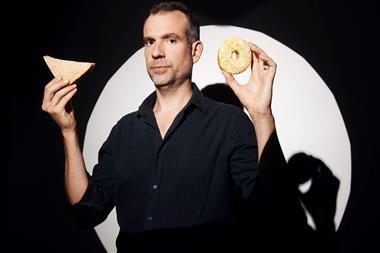
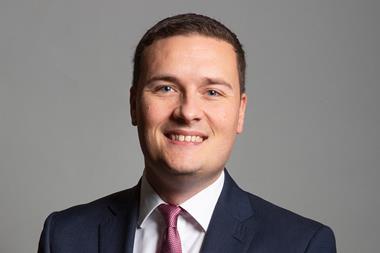


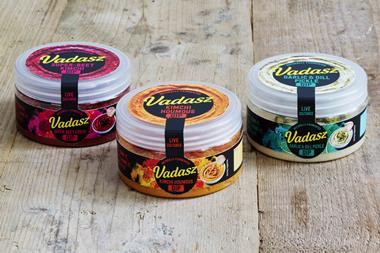
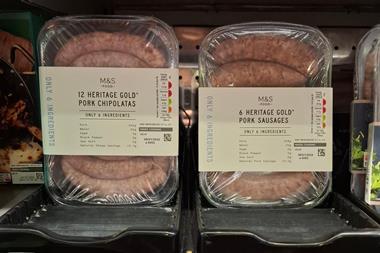


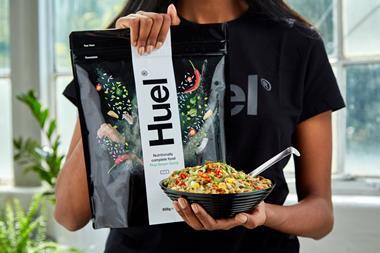



No comments yet